🤓 The 2026 Local Search Ranking Factors are here!! Check out the report!
🤓 The 2026 Local Search Ranking Factors are here!! Check out the report!

Every business owner wants more online reviews. They help with brand trust, rankings, having an edge over the competition, etc. But the fundamental principle of stimulating feedback (both online and offline) is often overlooked on the path to a shiny star rating on Google, Yelp, and so on.
We fully encourage getting all the web reviews. But we’d like to take a moment to explore some ways to take a step back, and put a strong customer feedback strategy in place first (which can also lead to more online reviews).
Here are some of the best and easiest ways that you can collect feedback from your customers day in and out (in no particular order):
Having information on display in your store about how you value your customers’ opinion not only demonstrates that you take their feedback seriously, it also makes it really easy for customers to leave feedback on their own terms.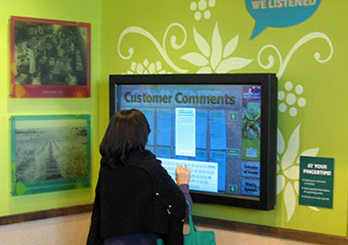 It can be as simple as having a comment and feedback area, a poster on the wall, a sticker on the door, a business card with feedback options, or all of the above.
It can be as simple as having a comment and feedback area, a poster on the wall, a sticker on the door, a business card with feedback options, or all of the above.
Follow up with clients by sending a friendly email asking for feedback. You can follow up with a client after any interaction. While many organizations traditionally ask for feedback post-sale, there are numerous other opportunities to request feedback in the pre-sale process as well.
Customers are often willing to give you more feedback in a private environment versus leaving an online review. Honest feedback from current customers has huge value in helping you evaluate your business and any areas that need improvement.
For businesses serious about customer feedback, using an all-in-one platform can help to streamline and organize the collection of feedback, and your process of reviewing/responding to it. Some platforms (like Whitespark’s Reputation Builder… eh-hem), also provide you with valuable insights into your overall customer experience by capturing your Net Promoter Score (NPS). NPS is an industry recognized benchmark for a customer experience metric. The NPS is calculated by asking all customers a simple question along the lines of:
“How likely are you to recommend our company to a friend or relative?”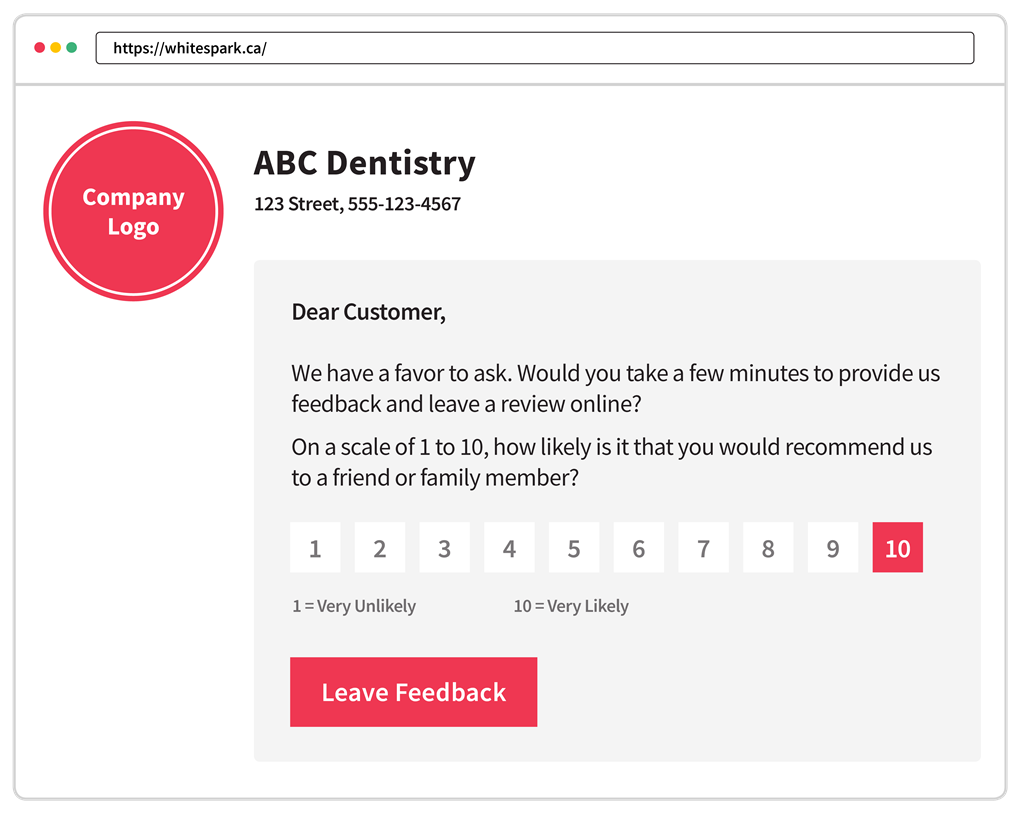 Your customers provide a response on a scale of 0 – 10. Your NPS is calculated by taking the percentage of Promoters (people who choose 9 or 10) minus the percentage of customers who are Detractors (rate you 6 or below).
Your customers provide a response on a scale of 0 – 10. Your NPS is calculated by taking the percentage of Promoters (people who choose 9 or 10) minus the percentage of customers who are Detractors (rate you 6 or below).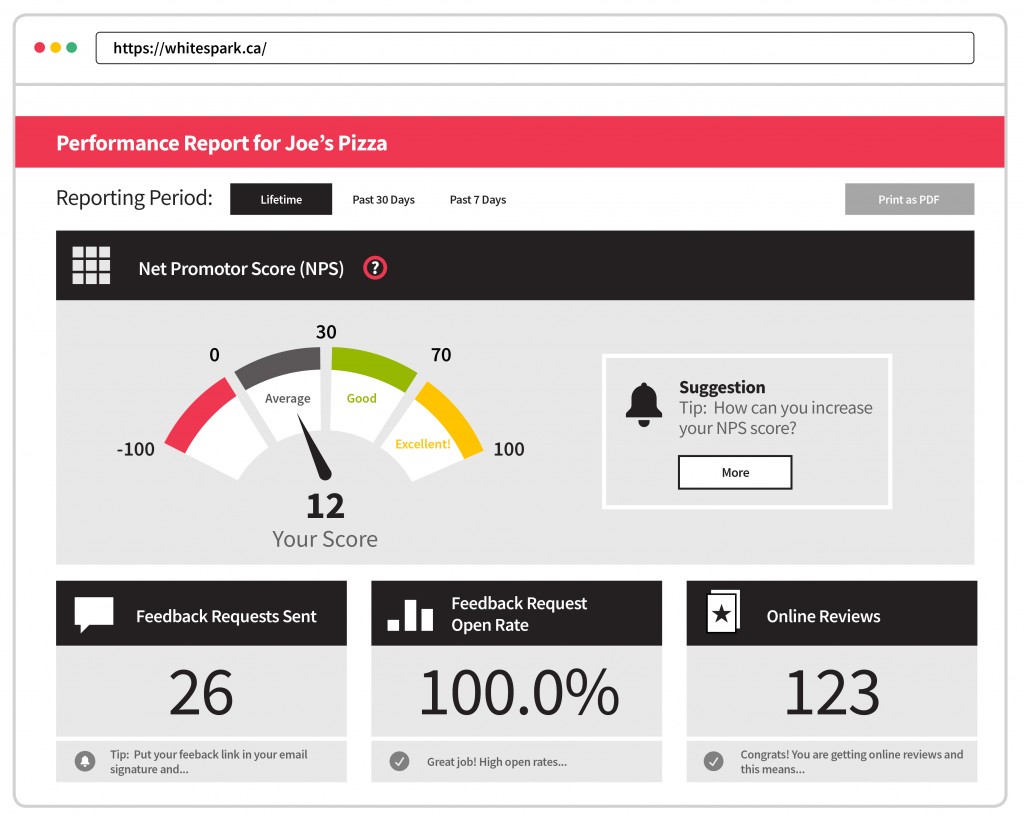 With an automated system in place you will save time, receive consistent feedback, have your feedback in a central place, you can easily respond to all your customers, increase your customer testimonials, and more. A platform really does make it super easy for you to manage feedback and reviews.
With an automated system in place you will save time, receive consistent feedback, have your feedback in a central place, you can easily respond to all your customers, increase your customer testimonials, and more. A platform really does make it super easy for you to manage feedback and reviews.
Your NPS also serves as a customer experience benchmark, which you can use to measure customer satisfaction over time, and compare against any changes to your policies, products, services, or support procedures. How cool!?
This may be one of the most overlooked options in our digital age. A phone call is an incredible way to establish a personal connection, and another opportunity to create a relationship with your customers. When you speak directly with a customer you get far more in-depth information and insight into what’s really going on. With a conversation there are emotional cues, tone of voice, volume, and speed of response which all help create context and a better understanding into the customer’s experience. Most people are also far more willing to talk than type.
In The New Science of Customer Emotions researchers found that businesses who were able to emotionally engage their customers had:
Not only are surveys easy to set up, they are scalable, easy to analyze, and can help you get answers fast when you’re looking for feedback.
Incorporate surveys in email feedback requests
Learn even more about your customers by adding survey questions to email feedback requests. Your questions can be tailored to get a better understanding of how people are feeling about prices, service, or professionalism.
Here is a survey question example from our Reputation Builder: Keep it short
Keep it short
No one wants to sit for 20 minutes and fill out a survey. Be concise and respect your customers time. Let them know in advance how many questions you will be asking, or incorporate a progress bar so they can see how far they are into the survey.
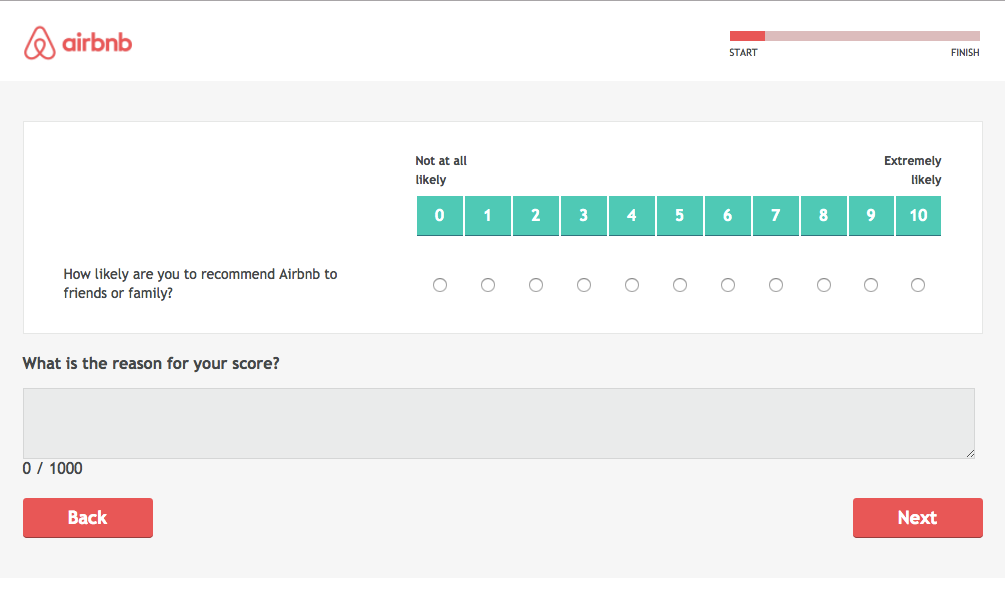 Have a purpose
Have a purpose
Don’t ask a question that you aren’t going to utilize and seriously evaluate. Don’t waste your time or the customer’s time. If the question drives a purpose and is essential to making improvements or understanding your customer, ask it! Try to make your questions short and use simple language.Quick surveys on your website for a specific piece of content, or information gathering
Perhaps you want to know if users are finding value in a specific piece of content. Why not ask for feedback? Or perhaps you’ve implemented a new feature for your product and you want feedback from your users.
Whatever your goal is, be specific with your questions, and keep it to 1 or 2 at most, which helps in receiving more responses.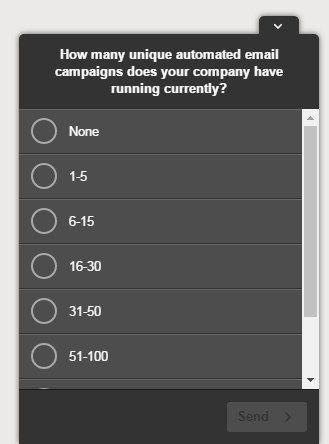 There is definitely no shortage of software solutions on the market to help you implement into your feedback strategy, for example, Web Engage, Survey Monkey, or plugins for WP users like YOP Poll or WP-Polls, are just a few that are available. Plus many also have additional features like feedback forms.
There is definitely no shortage of software solutions on the market to help you implement into your feedback strategy, for example, Web Engage, Survey Monkey, or plugins for WP users like YOP Poll or WP-Polls, are just a few that are available. Plus many also have additional features like feedback forms.
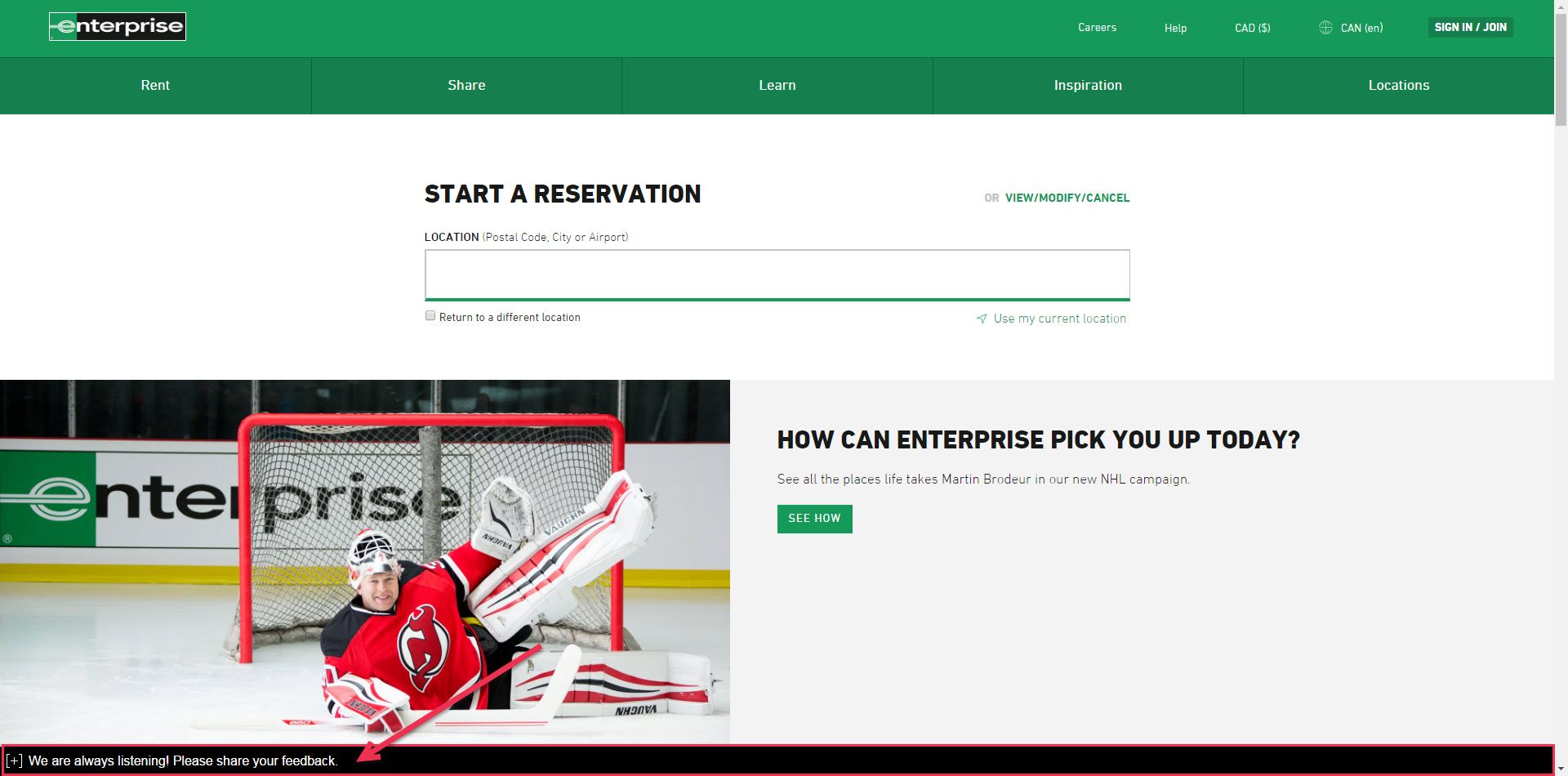
People are generally more vocal and reach out to customer service or support teams for big issues, but often for minor annoyances they are less likely to contact support. By having a readily available means to receive feedback on your website, you open the door to receiving comments on minor annoyances that may have otherwise been missed.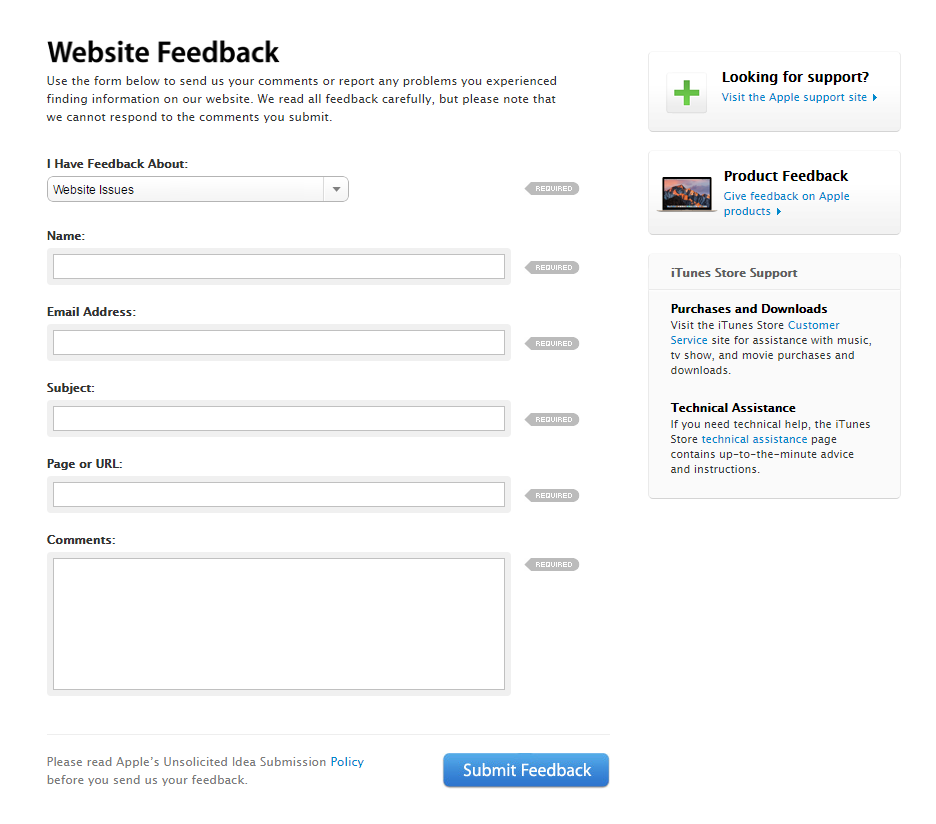 Your form should be super easy to fill out and available as soon as a user needs it. The whole point of this style of feedback is to get comments from users about small things that they likely have very little motivation to tell you about in the first place. And you won’t hear about the issue through other channels since it’s only a minor annoyance. Make the form simple and easy to use or you’ll be missing out on the feedback that it was designed to catch.
Your form should be super easy to fill out and available as soon as a user needs it. The whole point of this style of feedback is to get comments from users about small things that they likely have very little motivation to tell you about in the first place. And you won’t hear about the issue through other channels since it’s only a minor annoyance. Make the form simple and easy to use or you’ll be missing out on the feedback that it was designed to catch.
What better way to enhance your customers experience by being readily available to answer any questions, comments, or grievances at the exact moment they have one? Live chat improves your response time, adds value for your customer’s, and is easy to implement.
At Whitespark we are huge fans of Zendesk for support, and so we use Zendesk Chat, but there are so many options available, Olark, LiveChat, or Intercom are just a few more.
Your team members do not have to be available 24/7 either. If you’re a small team and worried about being stretched too thin, it’s a-okay to set your hours and offer an alternative contact form for times when you are unavailable for instant chat.
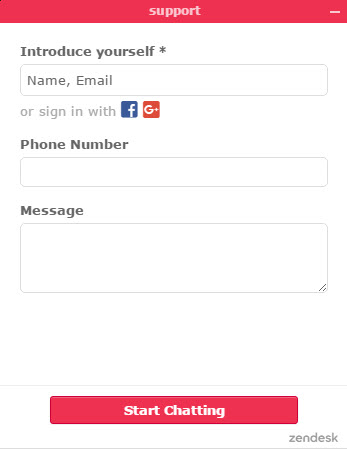 Even if you are only able to offer a few hours of chat a day the benefits are many:
Even if you are only able to offer a few hours of chat a day the benefits are many:
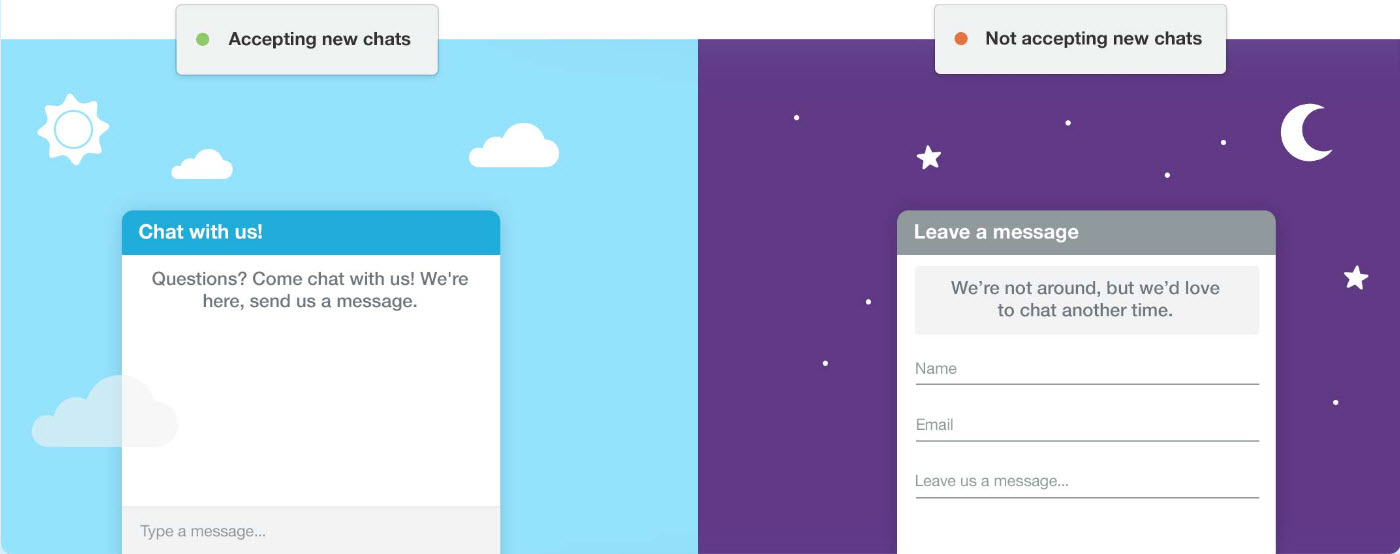
Your help center is designed to bring value, clear up any confusion, and ultimately satisfy an inquiry into your products or services, but are your articles or FAQs helpful? Why not ask and find out? Asking visitors to rate your content will help your team determine areas for improvement and what content is effective.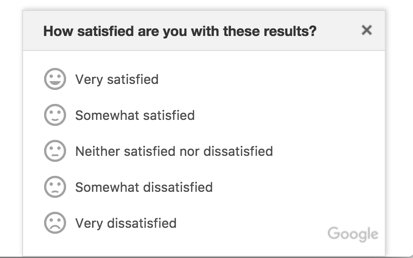 If you’re averaging low scores, use it as an opportunity to update and tweak your content so that it adds value and is helpful. If your ratings are high, it’s an indication that users find value in this content, and helps to establish credibility with other users.
If you’re averaging low scores, use it as an opportunity to update and tweak your content so that it adds value and is helpful. If your ratings are high, it’s an indication that users find value in this content, and helps to establish credibility with other users.

Make time for social media, it can be a treasure trove of customer feedback. For some people social media (Twitter, Instagram, Facebook…) is their go to for complaints, questions, or compliments. Regularly monitoring all your social media touchpoints, and responding to your customers on these channels is important. Engaging with customers directly allows you to open a dialogue, get raw feedback, foster relationship building, increase customer satisfaction, and empower your customers. In addition to engaging and being active on social media channels, don’t forget to also incorporate social monitoring and listening into your mix. Track conversations by setting up brand mentions, specific keyphrases, or words that will trigger timely alerts, and then leverage them to start or join conversations and discover new opportunities for content creation, analysis, and reflection.
In addition to engaging and being active on social media channels, don’t forget to also incorporate social monitoring and listening into your mix. Track conversations by setting up brand mentions, specific keyphrases, or words that will trigger timely alerts, and then leverage them to start or join conversations and discover new opportunities for content creation, analysis, and reflection.
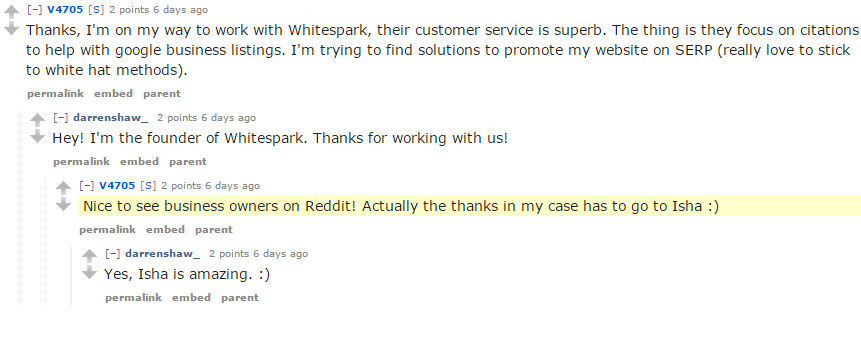 Don’t miss out on the chance to delight customers and collect valuable feedback because you aren’t tracking your own brand. It can be as easy as setting up Google Alerts (it’s free) or using social platforms like Mention, or Sprout Social for instance.
Don’t miss out on the chance to delight customers and collect valuable feedback because you aren’t tracking your own brand. It can be as easy as setting up Google Alerts (it’s free) or using social platforms like Mention, or Sprout Social for instance.
The first and most important thing to do is respond to ALL of the feedback. The good, the bad, the nonsensical, it all matters. Your response can be a simple “thank you” or it may need to be more extensive. Regardless of the length, it establishes that you are listening and care. Work with your team to designate who will respond to all of the feedback. Ideally, responses should be sent within a 24 hour period.
The more you ask for feedback, the more you’re going to get – and not all feedback will be useful. Nor will you want to act on all of the requests or suggestions. When sorting through the feedback look for trends. If many customers are vocalizing the same issues or problems, then this is something you should act on. Get in touch with these individuals to get a deeper understanding and then look for a solution as a team.
When you are consistent with requesting customer feedback, and have a multitude of channels available to receive it, you are creating opportunities to connect with clients, improve your business, and establish a great customer experience which in turn leads to more online reviews.
Test out any of the above methods to find the right fit for your business. Once you determine a process for gathering quality feedback directly from your customers on a consistent basis, it will be easy to integrate it into your daily activities.
What are some of the most effective and easy methods you use to get feedback from your customers?


Whitespark provides powerful software and expert services to help businesses and agencies drive more leads through local search.
Founded in 2005 in Edmonton, Alberta, Canada, we initially offered web design and SEO services to local businesses. While we still work closely with many clients locally, we have successfully grown over the past 20 years to support over 100,000 enterprises, agencies, and small businesses globally with our cutting-edge software and services.